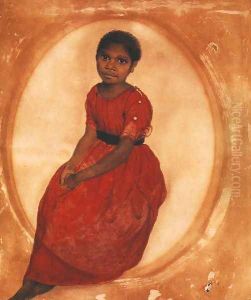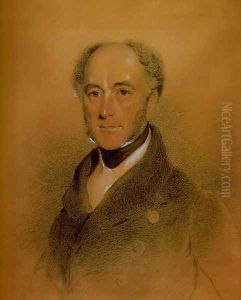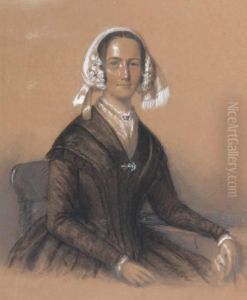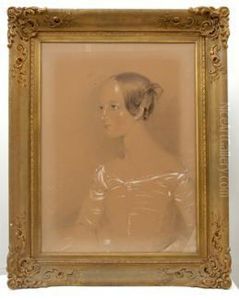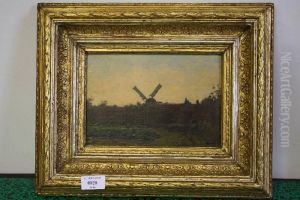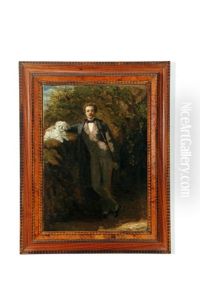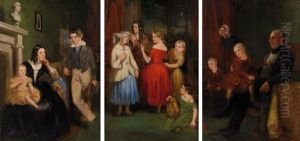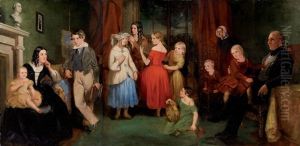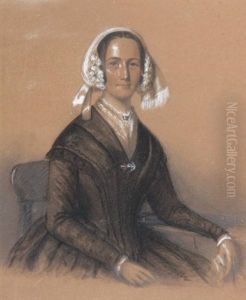Thomas Bock Paintings
Thomas Bock was an English-born artist, known for his work as a portrait painter, engraver, and photographer, who spent a significant portion of his career in Australia after being transported as a convict. Born in Sutton Coldfield, Warwickshire, England, Bock trained as an engraver and miniature painter in Birmingham. His skills and contributions to the arts were well recognized in England before his conviction; however, his life took a dramatic turn in 1823 when he was convicted for administering drugs to a young woman. As a result, he was sentenced to transportation and arrived in Van Diemen's Land (now Tasmania), Australia, in 1824.
During his time in Tasmania, Bock made a significant impact on the colony's cultural and artistic landscape. Despite his status as a convict, his exceptional skills were quickly recognized, and he was employed in various capacities that allowed him to practice his craft. He became one of the most important artists in the colony, known especially for his detailed and sensitive portraits of Aboriginal Tasmanians, colonial officials, and settlers. These works are invaluable records of Tasmania's early inhabitants and social history.
Bock was officially pardoned in 1832, after which he continued to work and live in Hobart, Tasmania's capital. He expanded his artistic repertoire to include photography, becoming one of the first in the colony to experiment with this new medium. His contributions to Tasmanian society were not limited to his art; he also played a role in the cultural and civic life of the colony, being involved in the establishment of its first museum.
Thomas Bock's legacy is marked by his ability to capture the essence of his subjects, whether in paint, engraving, or photograph. His works are held in high esteem and can be found in major Australian public collections, including the National Gallery of Australia and the Tasmanian Museum and Art Gallery. Through his art, Bock provides a window into the lives of individuals during a pivotal time in Tasmania's history, making him a figure of enduring interest in both Australian art and the broader narrative of colonial Australia.
